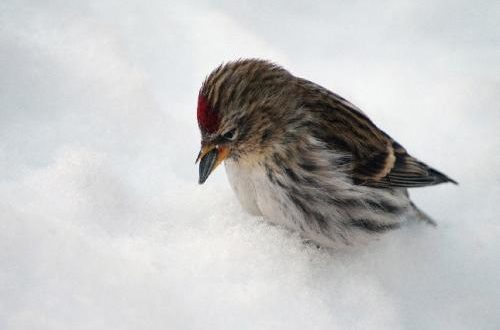Human Population Up, Bird Population Down
Published on September 20th, 2019
Birds are a wonderful example of our country’s rich biodiversity. One recent estimate put the total number of bird species at nearly 20,000 worldwide. In North America alone, there are approximately 1,000 species of birds, ranging from the California Condor with a wingspan of up to 3.5 meters to the Calliope Hummingbird whose wingspan averages 4.3 inches.
Sadly, like other animal species, birds have experienced the brunt of human population growth across the planet and especially in North America.
A recent study published in the Journal Science paints a bleak picture for the future of birds in North America. In the study, scientists and conservationists analyzed nearly five decades of population data of 529 species of birds in North America. The results point to a catastrophic decline in the population of birds in America.
NBC News reported on the study:
Since 1970, the continental U.S. and Canada have lost more than 1 in 4 birds. The total bird population in the two countries has fallen by almost 3 billion, with grassland birds such as western meadowlarks and American sparrows and shorebirds such as green herons taking the biggest hits.
That is huge—a 25% reduction in the continental U.S. and Canada’s bird population in just the last 50 years. And, far from just declining bird population, this seismic ecological shift should warn Americans how rapid human population growth and urban development are impacting our environment. In the same time period (1970-present) that the U.S. and Canada experienced a loss of 1 in 4 birds in North America, the human population of the United States swelled by nearly 40 percent, from 203 million people in 1970, to nearly 330 million people in 2019.
The report also provided some explanations as to why, specifically, bird populations in North America are in such rapid decline. As NBC News explained in their analysis of the report, it is death by a thousand cuts from human activities:
The researchers said humans are driving the decline through the clearing of land and widespread pesticide use and by allowing domestic cats to roam outdoors.
Habitat loss seems to be the biggest issue. By clearing forests and grasslands to erect buildings, roads and farms, humans have encroached on the ecosystems in which birds thrive. And the use of neonicotinoid insecticides has fueled the decline both by poisoning birds and by eradicating insects, depriving birds of a key food. Cats are estimated to kill more than 1 billion birds in the U.S. each year.
“I think of it as death by a thousand cuts,” (report author) Marra said. “If we fix the habitat problem, we would have a rebound, but there’s multiple interacting threats out there that are now driving these declines.”
The organization I lead, Californians for Population Stabilization (CAPS), advocates for immigration and environmental policies that promote environmental sustainability and preserve fragile ecosystems in California and the United States.
The questions we must ask ourselves are: what will 50 more years of unsustainable human population growth in the U.S. do to our already vulnerable ecosystems? What will the population of thousands of species of bird, bear, fish, and many other animals in North America look like with 400 or 500 million people in the U.S. in the next 50-100 years?
The United States must begin to confront the realities of unsustainable human population growth or face ever-increasing environmental destruction and the wholesale eradication of animal species in North America.





